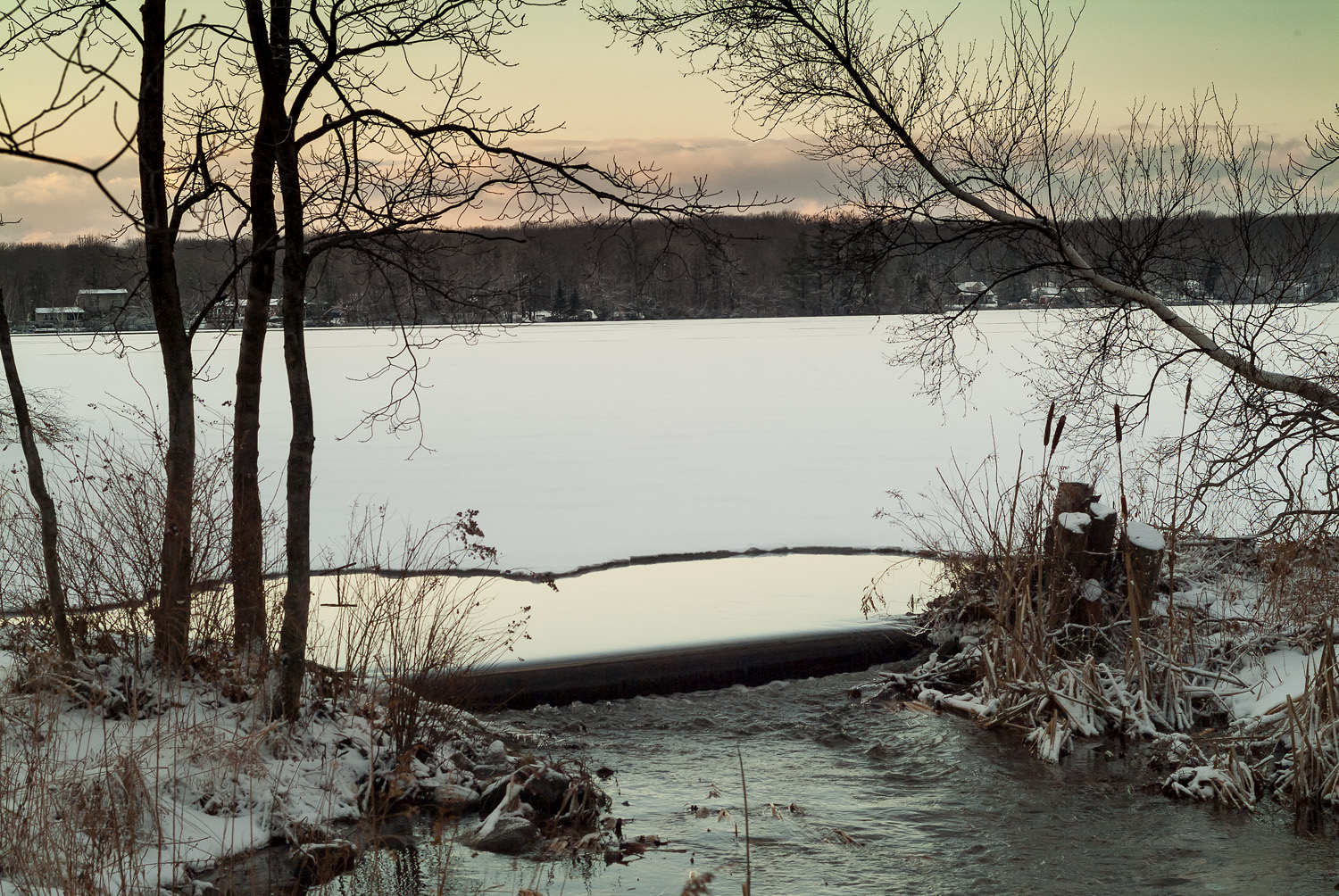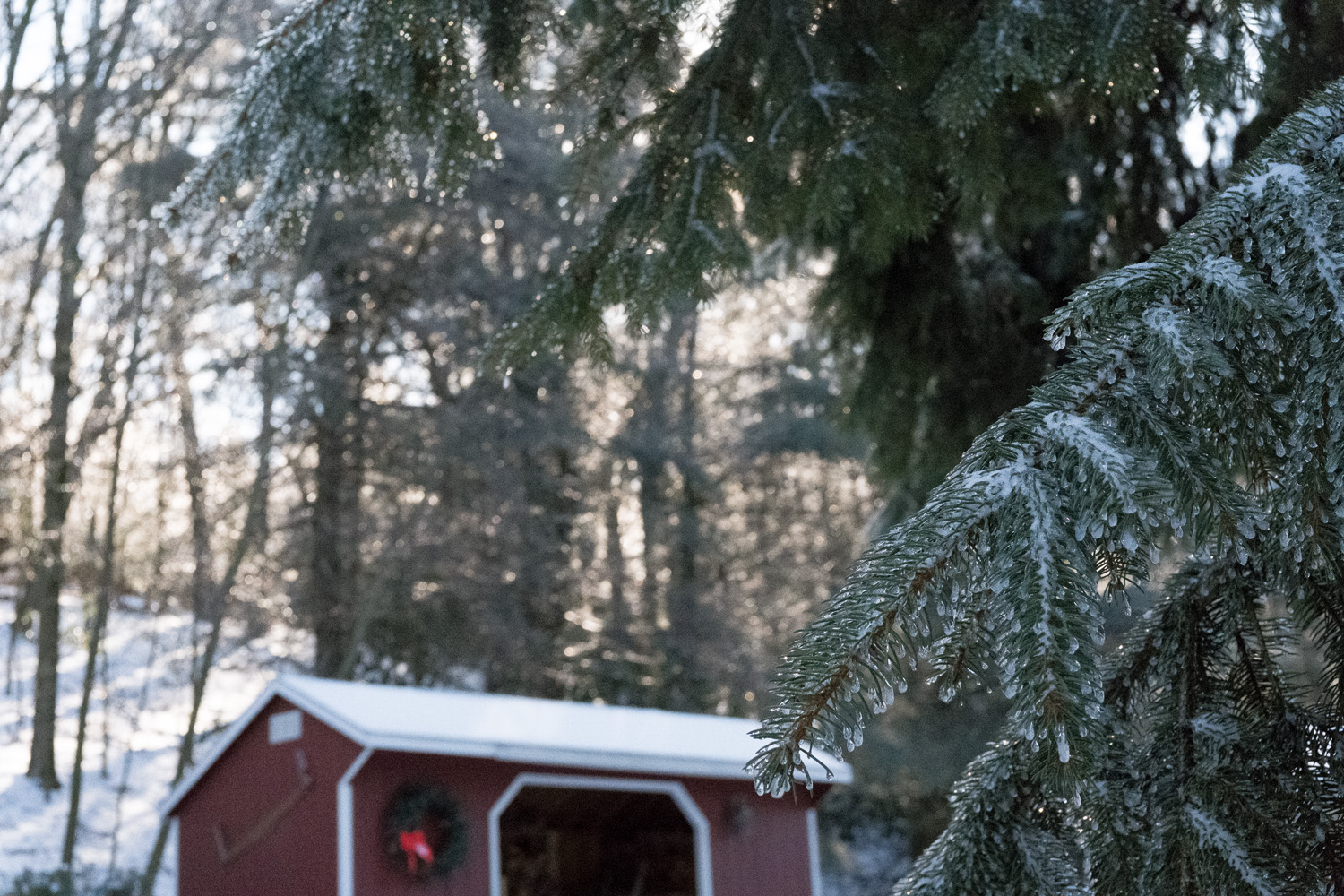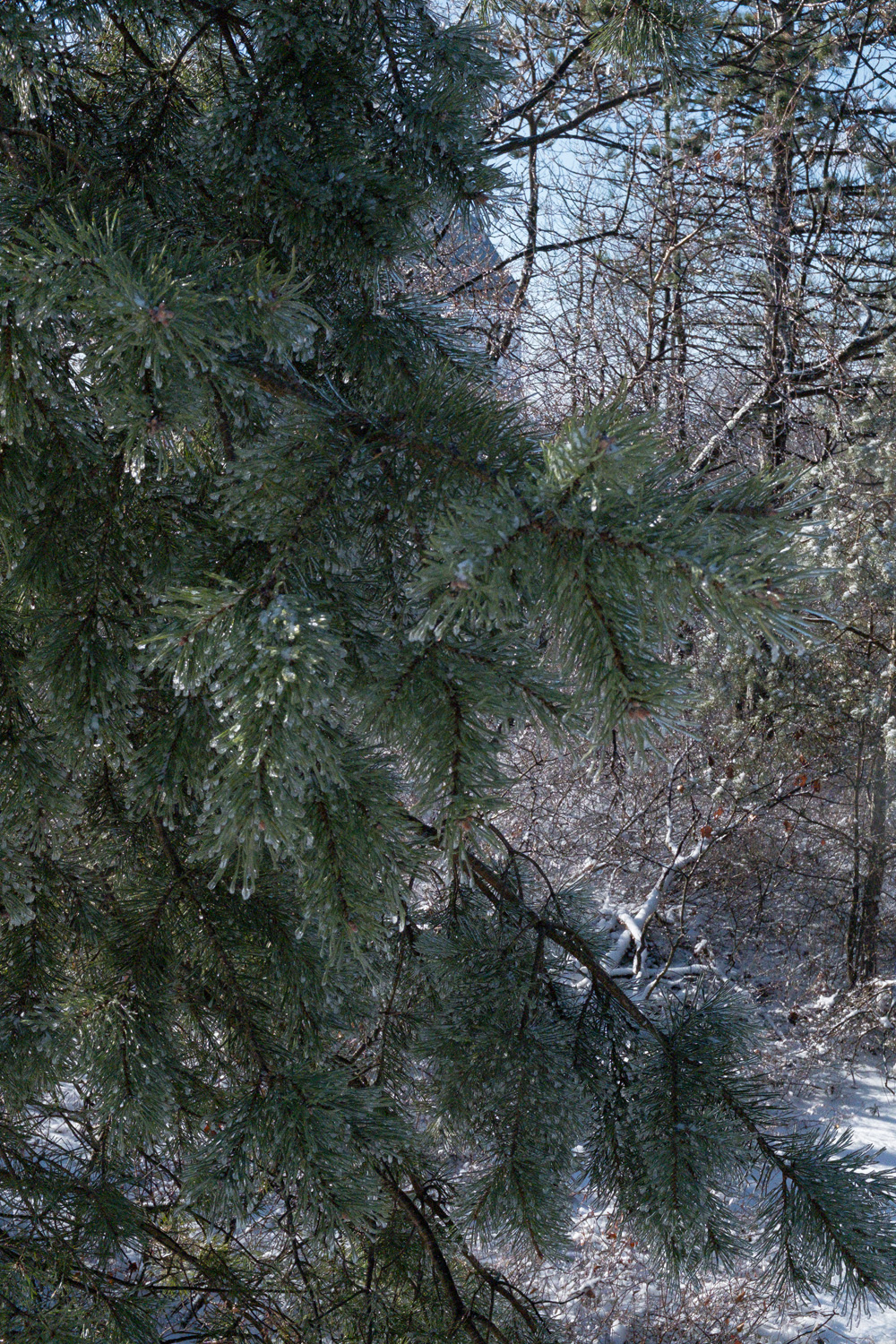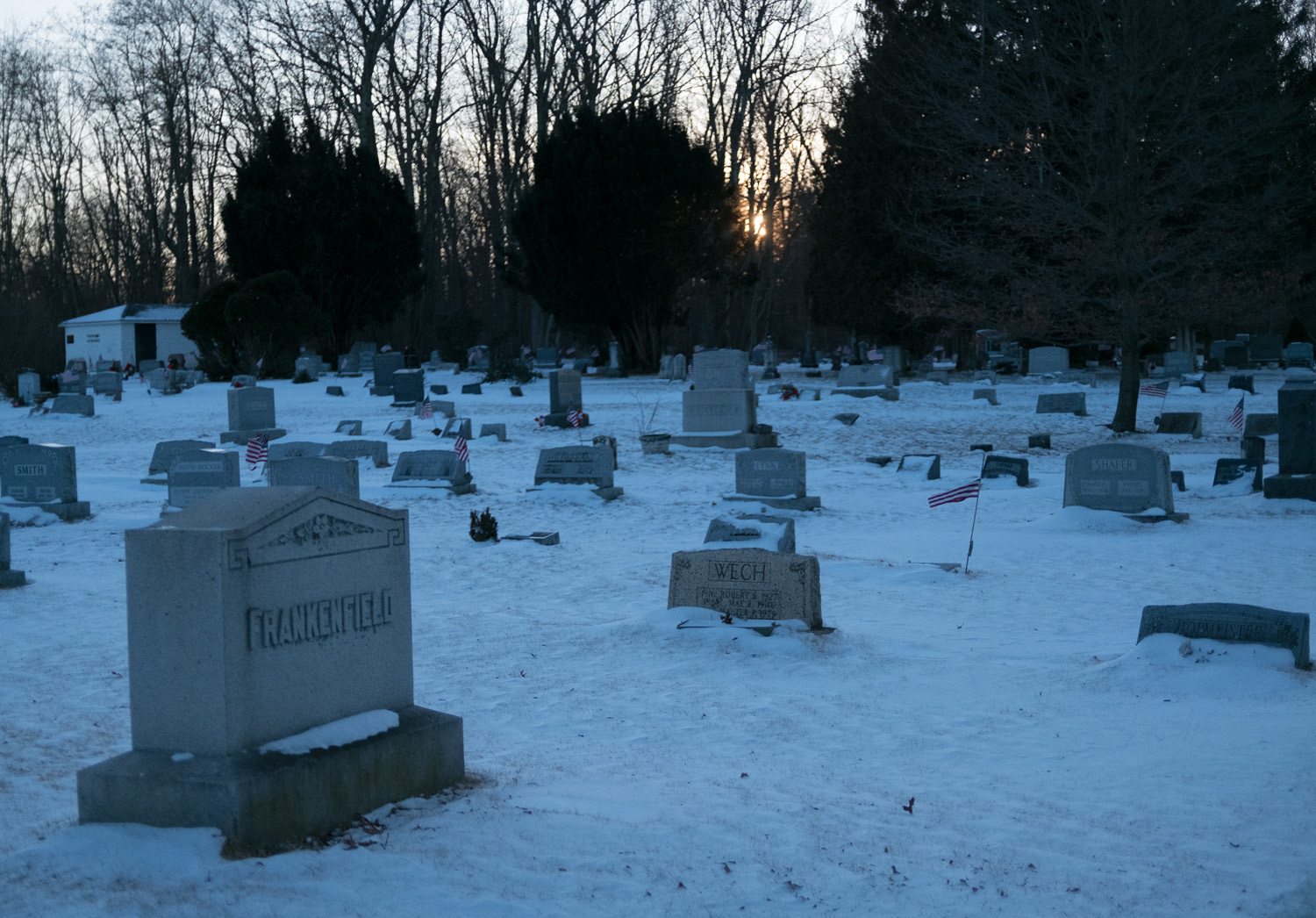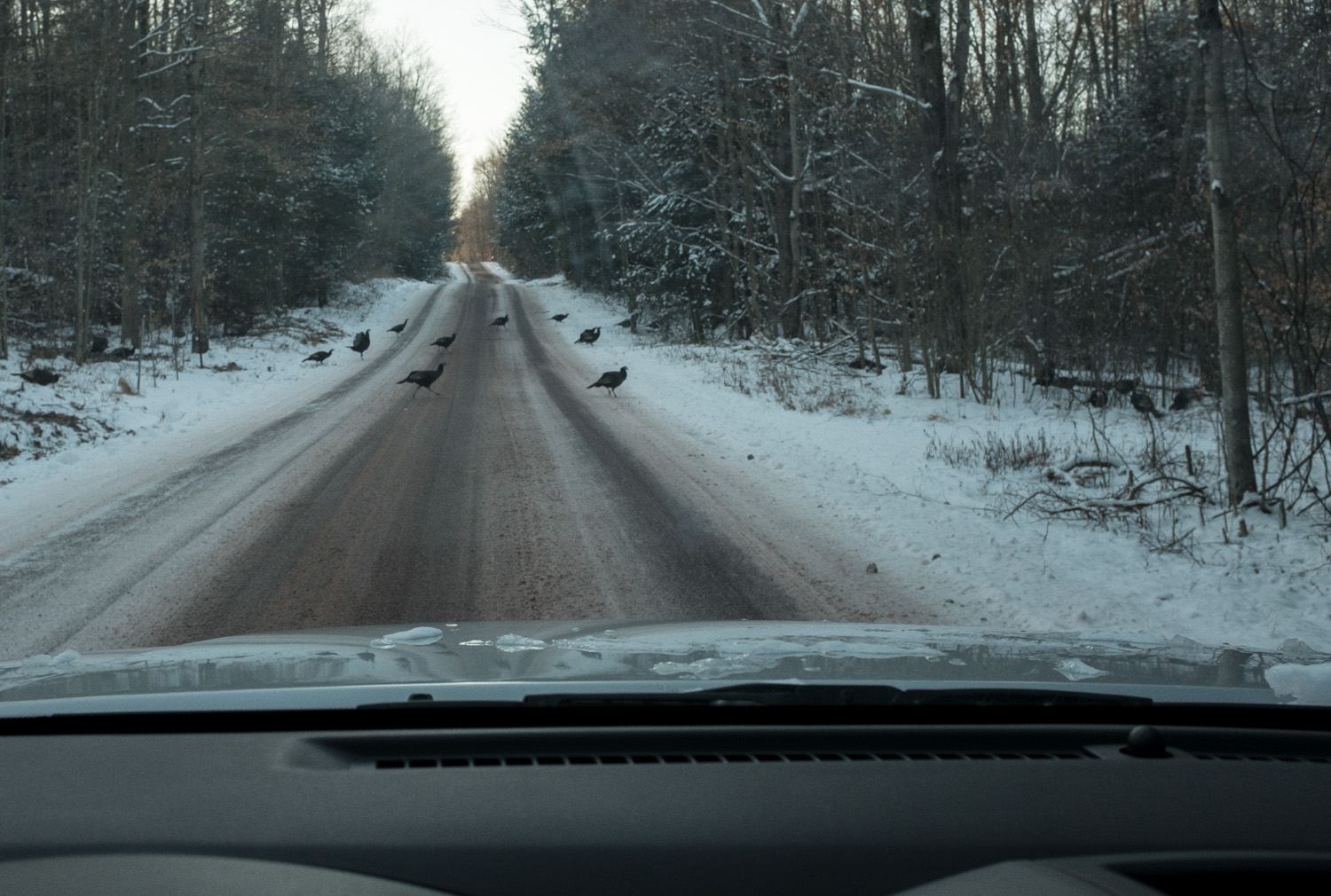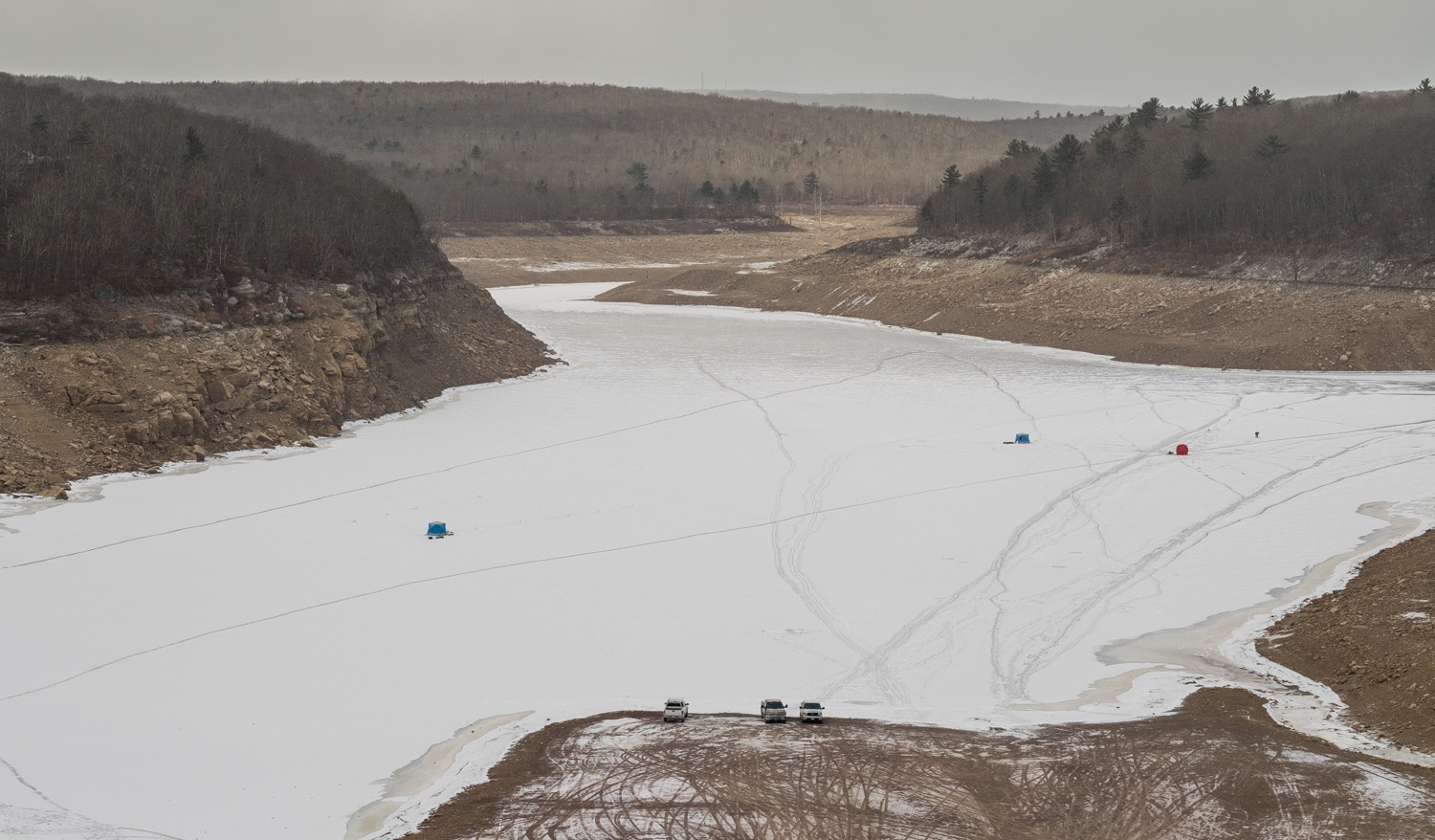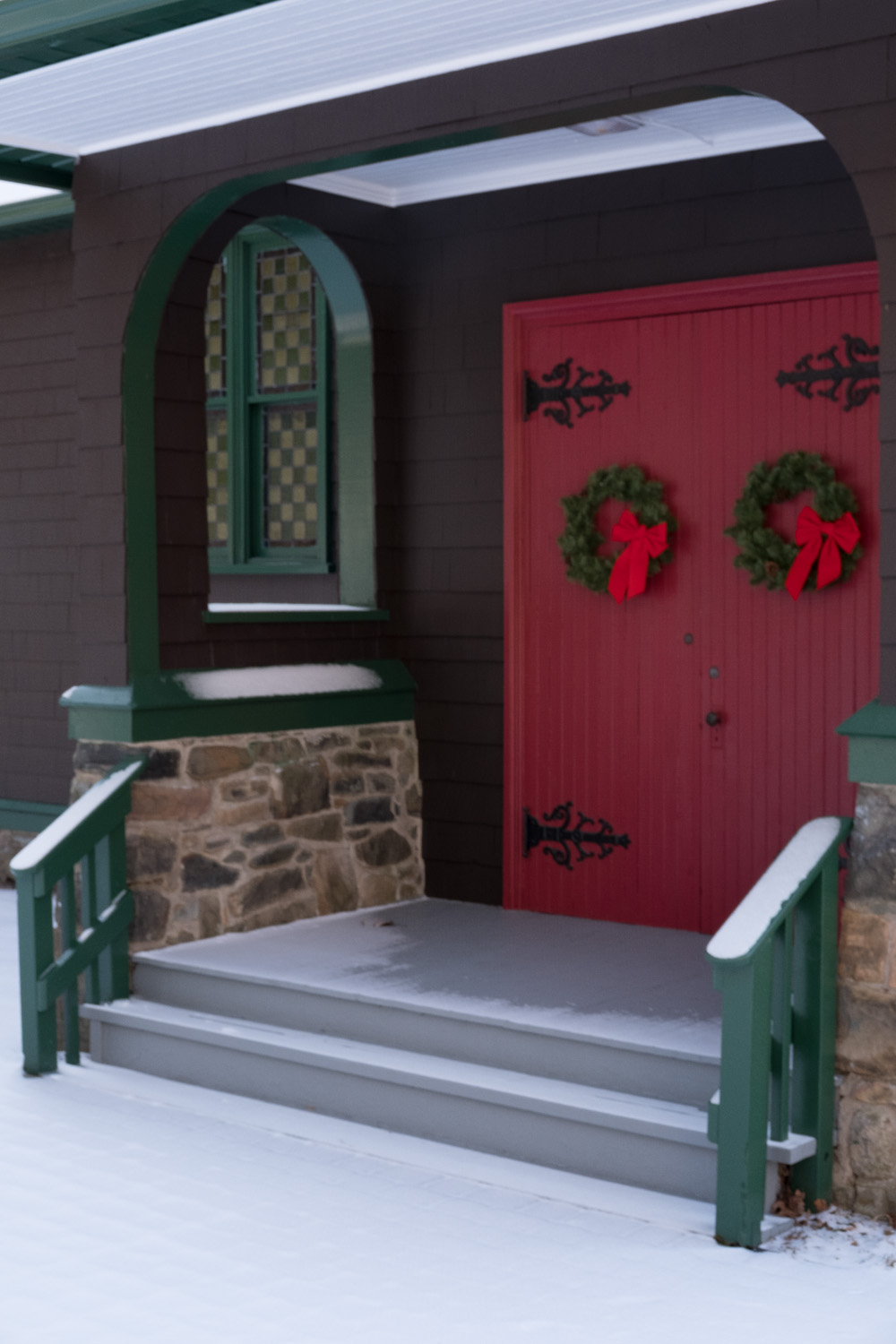Today, I learned that I have completed a ritual that I have been participating in for the better part of 30 years. I am somewhat hopeful that it will be the last time it is necessary. I’m talking about recertifying in one of my medical specialties: Sleep Medicine, through the American Board of Internal Medicine.
Board certification has been a mainly voluntary way that physicians validate their expertise in whatever specialty they choose to pursue. In my case, over the years I have been “board certified” in four specialties: Internal Medicine, Pulmonary Medicine, Sleep Medicine, and Critical Care Medicine. For 3 of the specialties, I am required to sit for a day-long exam, every 10 years. If you are an older physician, you may be “grandfathered” into some specialties (which is why I don’t need to recertify in internal medicine). : If for instance, I had trained one year earlier, I wouldn’t have had to recertify in pulmonary medicine 3 times during my career. This fact alone brings the whole business into doubt.
Meanwhile, the boards keep subdividing care by inventing new specialties. For instance (and there are many) as an internal medicine resident, I was trained to care for hospitalized adults, who naturally tend towards being geriatric. That’s what internists did. Now there are boards in geriatrics. Cardiologists now sit for boards in echocardiography, nuclear, and electrophysiology.
Pity the poor surgeons. They finish an arduous 5-year residency only to discover they’re essentially not qualified to anything without a fellowship. For instance: abdominal surgery is the “bread and butter” of general surgery residents work. In 2018 this means colectomies for colon carcinoma. But the American Board of Surgery has created a specialty of Colo-rectal surgery. This means that you may have to be an underpaid servant for an academic colorectal surgeon, for two more years, before you go into practice. And the ABS will be able to extract more money from you, over your career, to keep you fully certified.
As anyone who is been through the board certification process will tell you, the process is arduous and expensive. Yesterday’s test for me was the culmination of 10 months’ worth of effort. For much of this I have been studying 2-3 hours a day, this despite the fact that I actively practice sleep medicine, teach residents, and run a sleep lab.
When I was a young man, and first took my Internal Medicine boards, I insisted upon being a purist. I studied the major internal medicine textbooks, and some physiology books, and felt really good about my knowledge base. I know several others that took this approach. By and large, we all flunked. I then I got wise and bought the review materials (at some expense) from the American Board of Internal Medicine. Using these materials I subsequently passed. But I didn’t know at as much internal medicine as I knew for the first exam.
Since that time, given the restraints of time allotted in a busy pulmonary/critical care practice, I have always attended the conferences sponsored by my specialty’s society and purchased their educational materials. And I have never flunked again.
For this recertification, I enroll at no small expense in the “maintenance of certification” process run by the Board of Internal Medicine I then purchased from the American College of Chest Physicians their online review course which was very done but also very pricey. I also purchased collections of review questions from the ACCP and a variety of sources which are extremely useful for testing practice. Then you have to pay for the testing center. All of this costs me multiple thousands of dollars.
What is frustrating, given all of the effort involved, is that rather than ending up a review of good clinical practice, the review materials basically offer you a standardized medical dogma. Because the nature of multiple-choice testing is inadequate to the complexities of medical care, the board has needed to come up with a solution so that test grading can be precise.
Thus, a lecturer will say: “X” what I do in clinical practice, but for the Board exam the answer is “Y”. This blunts the clinical utility of the entire process. Shouldn’t the reason for recertifying be to ensure clinical competence? Instead, it becomes a measure of one’s ability to memorize facts that often questionably relevant to treating patients.
Another issue in this particular board exam (sleep medicine) is the addition of material that traditionally I would not be expected to master. As I understand it, the American Board of Internal Medicine in its infinite wisdom has chosen to partner with the American Board of Family Practice for this exam. I’m an internal medicine physician at my core, which is the specialty of adult medicine, I am not in any way, trained in pediatrics and like most people who are internal medicine based, I don’t practice pediatrics. Despite this, we have been required to learn pediatric sleep medicine which is rather distinct from the adult version.
Failing this exam would have significant financial consequences to me. It makes me wonder whether an internal med based sleep doc that flunks the test, particularly on the basis of the pediatrics material would have a legal course of action against the Board. As this is a computerized exam, It would seem easy enough to delete the pediatric questions from the tests of those who are internists and add more material on adults.
It used to be even worse. For some reason, the physicians in charge of the especially boards seem to delight in making things even more arduous than they had been. 10-15 years ago they instituted a policy where we had to do “practice improvement” modules in our office. This involved, for instance, studying some process in our office, and then instituting some improvement, restudying the results, and reporting it to the ABIM. Given the already difficult nature of private practice, this was an absolutely over-the-top requirement. Most every practice I knew ended up in some way faking the results. A major pushback from medical societies finally caused this nonsense to be suspended.
So now it’s time for the final exam. You’ve purchased all of the review materials and spent months and months reviewing, learning all of the official answers required of the Board.
November 20 of last year I went to a test center. Happily, one is located within the half hour of my home which means I no longer have to travel to a major city and pay for a hotel room in order to take the exam. I suspect however that many other physicians still have that expense.
In my particular center, the staff was extremely courteous. I suspect for them this is an adaptive strategy given the indignities they are forced to impose on those being tested. The security involved is over-the-top and was frankly demeaning and insulting. First, you need two forms of picture ID. For many people, this will mean a passport as well as a driver’s license. You can take nothing into the testing area except your clothing. Your watch, bracelets, wallet, obviously your cell phone, any coins or even tissues are not allowed in the testing room. They confirm this by making you turn out your pockets. All of your belongings are placed in a locker. You’re not allowed to drink coffee or chew gum. There are cameras that watch your every move. Your palm is scanned multiple times during the process, both to enter the room, and then every time you exit. Just going to the restroom is like being released and then readmitted to prison. The whole thing takes 6 hours, and frankly, at the end, you are grateful to be done
It’s so discouraging that at my age unless I am compelled, I doubt in 2021 I will recertify for my pulmonary boards again. In another world where the process was more reasonable, I would out of pride, continue to recertify in all of my specialties. But this has clearly become a racket. So I may have to retire early. And there aren’t many young pulmonologists to take my place.
As a senior physician, multiple boarded, who has been a 30-year “diplomat” of the ABIM I know this could be different. I certainly understand the importance of ensuring that physicians of all specialties remain competent. And I think it’s reasonable for first-time candidates to be put through a rigorous procedure for board certification. On the other hand, I think that having achieved board certification in a specialty, you have earned the right to some dignity and dare I say economy, in the maintenance of your credentials.
Currently, the ABIM provides so-called self-assessment modules, that we are required to do between board exams. They are open-book tests that can be done at home. There is, of course, a charge for participating. They seem to be targeted to force the review of the new literature, and developments, that are significant to clinical practice. They take time but they seem far more valuable clinically than the rote memorization of useless facts required to pass the 10-year exam. I certainly think they would be an adequate way to assess physicians for recertification.
As a physician, we are under ever-increasing demands from the hospitals, the health insurance companies, the plaintiff’s bar, and the federal government.
We certainly do not need to be harassed by our own specialty boards.

